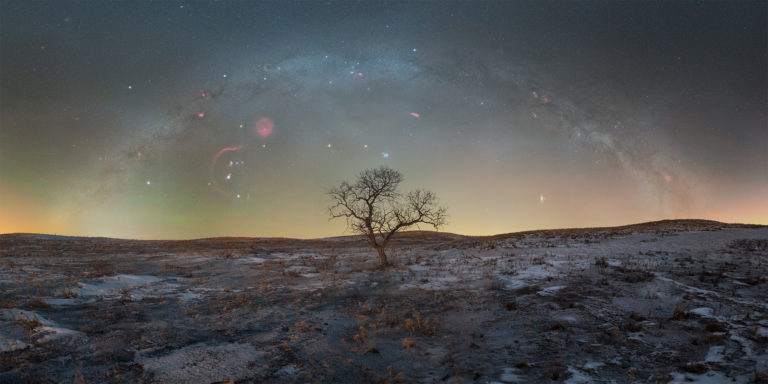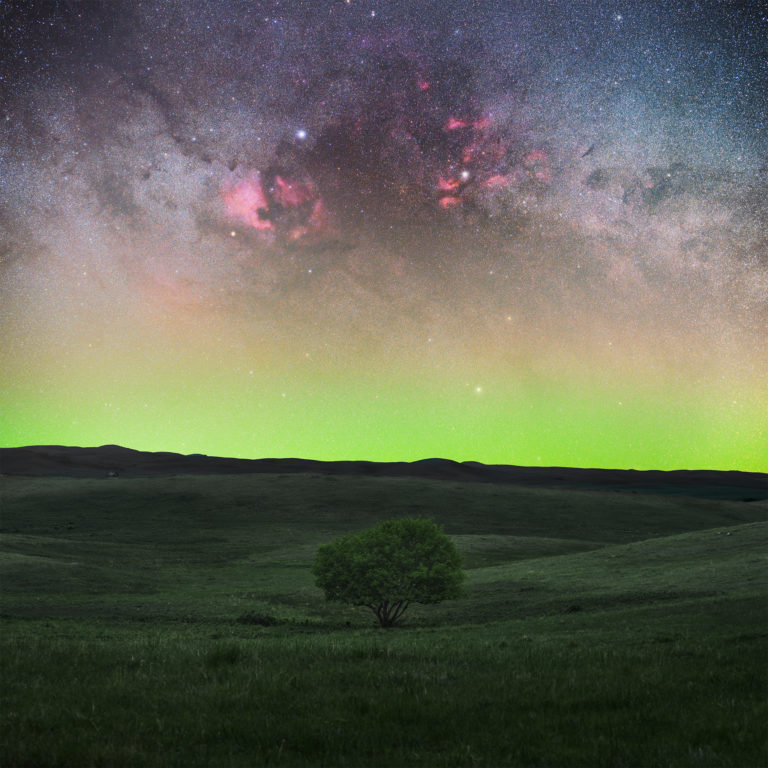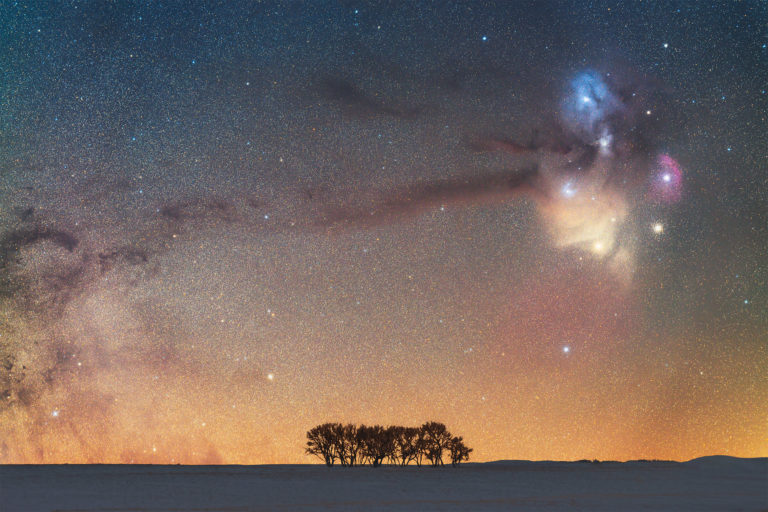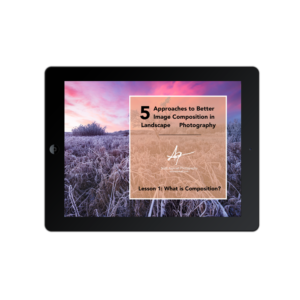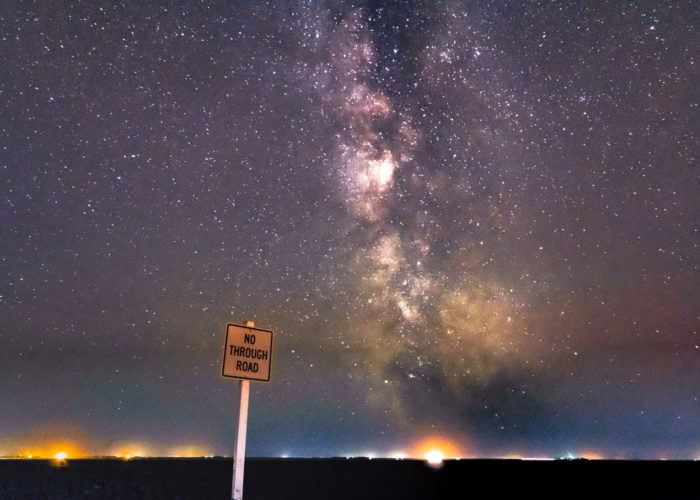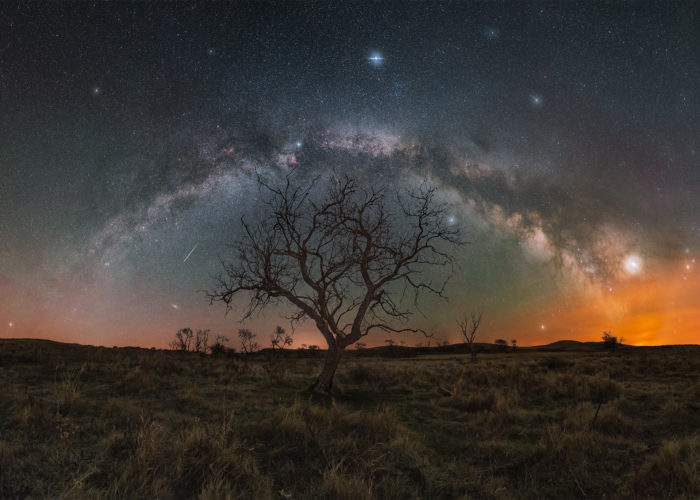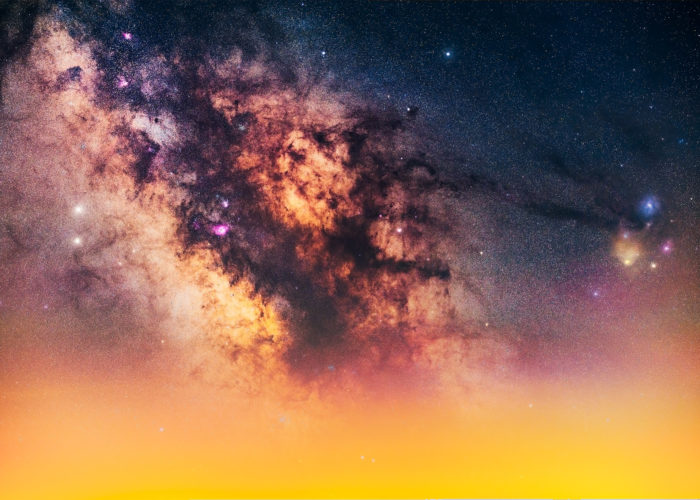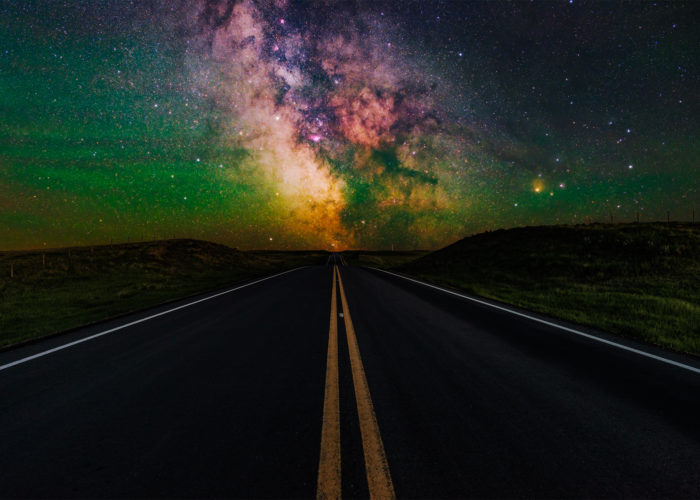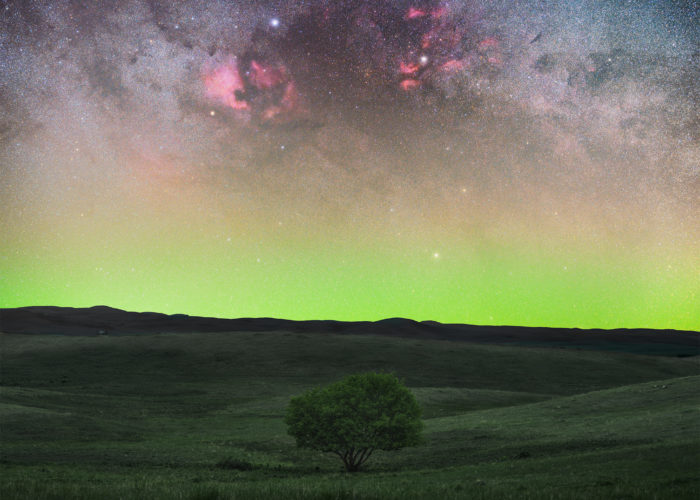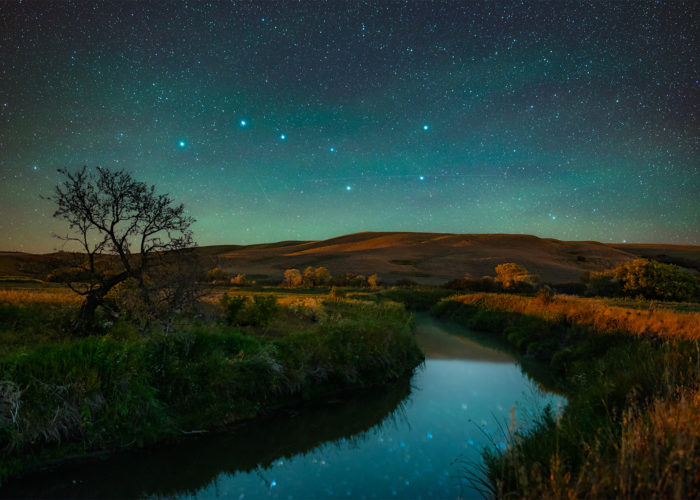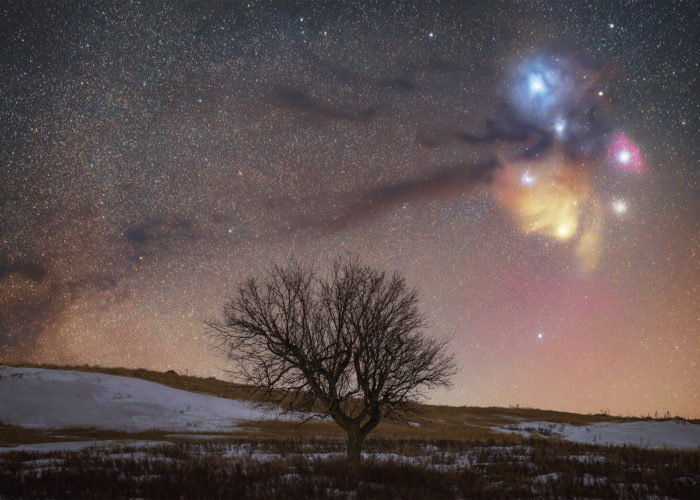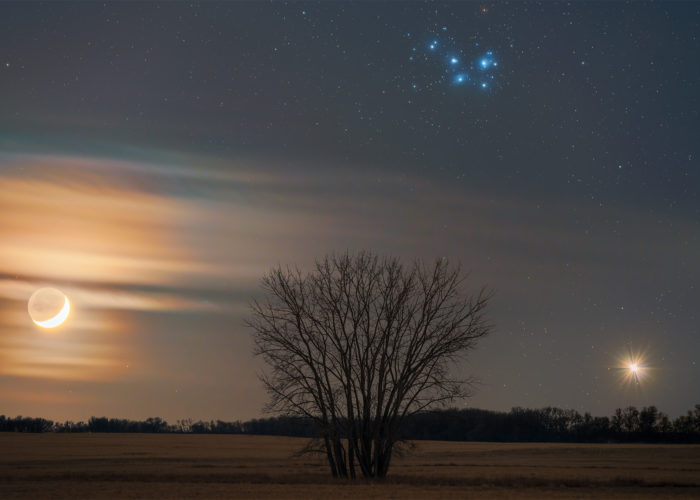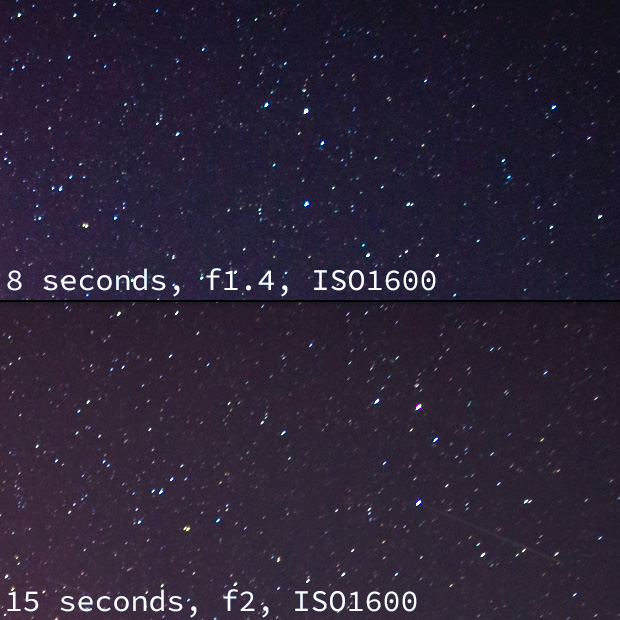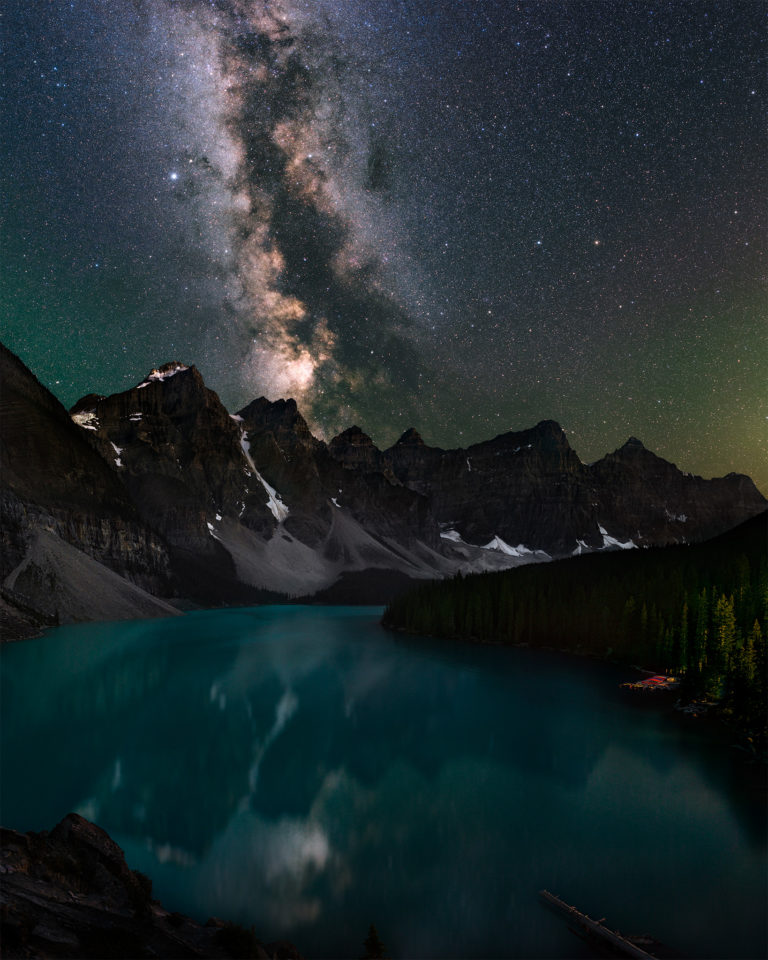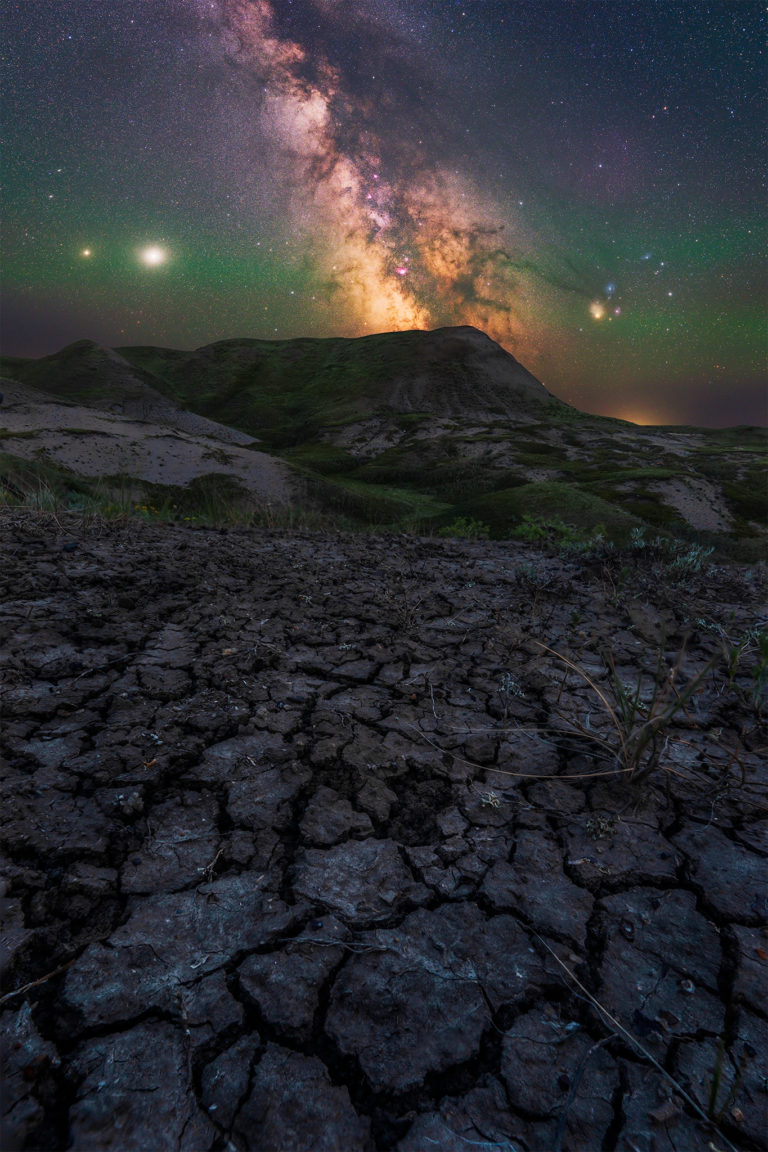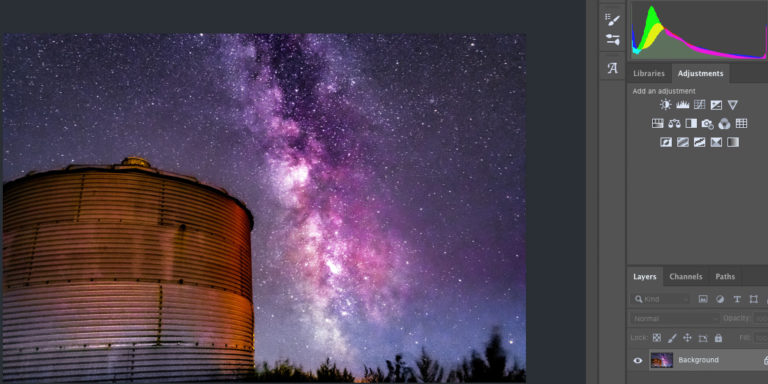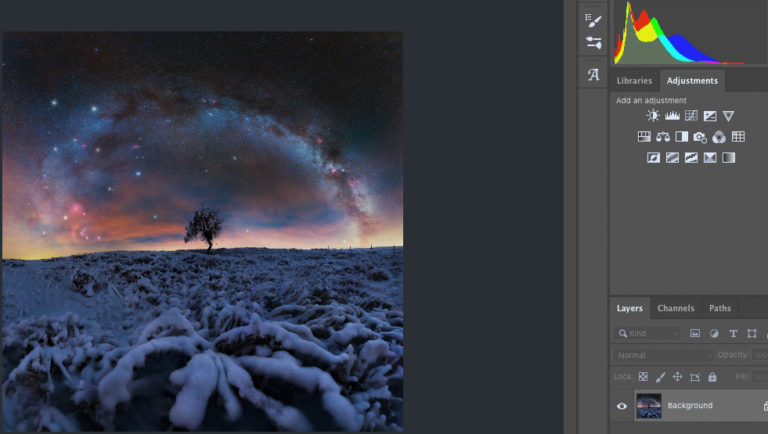Settings for Night Photography
The benefit of being in Manual mode is that you can quickly and easily adjust your settings. Every scene is unique and has different considerations so the ability to be flexible is important. That said, there are a few guidelines below that can help you get started.
Aperture
This one is the easiest because it’s the one that will generally stay the same throughout the night. Remember earlier when I chatted about your lens requirements? Well, the first thing I do when photographing the night sky, is open up my aperture as wide as it goes. If I have an f2.8 lens, my aperture will be at f2.8. If I have a kit lens that goes to f3.5 on the wide-angle end, I’ll be at f3.5. Set your aperture as wide as you can to let as much light to hit your camera’s sensor as possible. If you want to include the landscape with the night sky, I would not use an aperture wider (smaller f-number) than f2.8. You’ll find that even though you get more light to your camera’s sensor, you sacrifice depth of field so your foreground might not be very sharp, even if your stars are in perfect focus.
Shutter Speed
The next thing I’ll adjust is my shutter speed. Shutter speed dictates how long your sensor is exposed to light. Because we are photographing at night, there is generally very little light to work with. The longer we can leave our shutter open, the better. So why not just expose for several minutes and let a lot of light hit the sensor? Remember that our planet is rotating and that the night sky is constantly “moving”. If you were to expose for 2 or 3 minutes, you would introduce star motion (or star trails) into your photograph. So the longer we leave our shutter open, the more star motion we will introduce in our photograph. Star trails are a popular photographic technique, and you are welcome to experiment with your shutter speed, but if you want pin-point stars, there are a few rules you can follow.
The first is the 500 rule. The 500 rule is a simple mathematical equation that gives us a shutter speed at which there should be no, or minimal, star trailing. The formula is simple. Take 500 divided by your focal length. If, for example, you are photographing at 20mm with a full-frame camera, you would take 500/20mm and that would give you a shutter speed of 25 seconds on a full-frame sensor:
500/20mm = 25 seconds
If you have a crop sensor camera, you need to add your crop factor to the equation (either 1.5 or 1.6, depending on your camera system) so the formula here would look like this:
20mm*1.5 = 30mm , 500/30mm = 16.67 seconds
The 500 rule isn’t perfect, especially as higher megapixel sensors hit the market, but it will get you close. If you are looking for a more precise approach, check out point number three below.
ISO
ISO is generally the last thing I’ll set but that doesn’t make it unimportant. Generally, the lower the ISO, the better. In night photography, however, it is almost pitch-black, so we need to increase the ISO. I will start with an ISO of 800 and make adjustments from there. Sometimes my ISO will go up to ISO 3200, but that’s generally as high as I’ll go. The problem with higher ISO’s is increased noise, which is very unnattractive. I’ve chatted more about ISO below in my 6 tips if you’re looking for more information.

